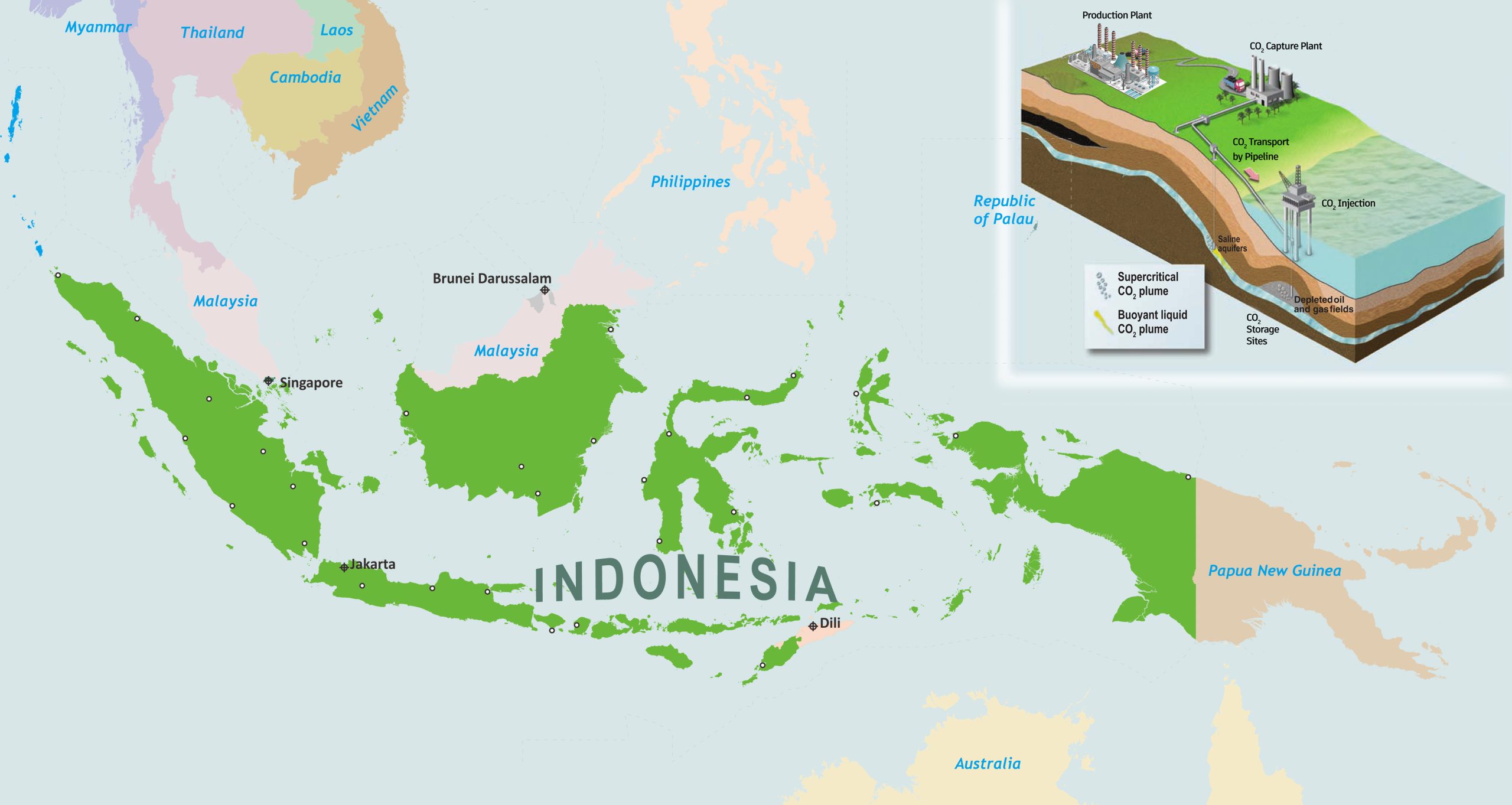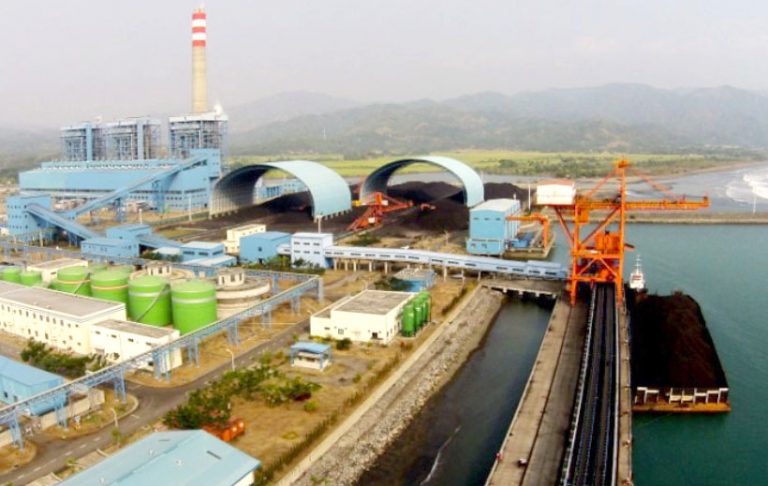As the world races toward net zero, carbon capture and storage (CCS)—once a niche topic buried in technical journals—is now front and center in decarbonization strategies. For Indonesia, CCS and its variant CCUS (which includes carbon utilization) may hold the key to meeting domestic climate targets and becoming a regional anchor in Southeast Asia’s low-carbon transition.
The regulatory wheels have started to turn. Presidential Regulation No. 14/2024, alongside new technical rules from the Ministry of Energy and SKK Migas, officially enables CCS projects across the oil & gas and non-oil & gas industries. For the first time, Indonesia recognizes cross-border CO₂ storage, allowing up to 30% of a site’s storage capacity for international emissions—opening doors for partnerships with countries like Singapore. But while the framework is in place, real-world success demands more than regulations.
What the World Has Taught Us About CCS
We don’t need to start from scratch. There are clear lessons from projects like Sleipner in Norway, Quest in Canada, and Petra Nova in Texas. What made them work?
First, they all integrated CCS early—not as an afterthought. They also co-located emission sources and storage sites, keeping the infrastructure simple and costs low. Governments played a key role too. Norway’s carbon tax made Sleipner economical, while Canada backed Quest with grants. Petra Nova relied on revenue from enhanced oil recovery (EOR)—though its temporary shutdown during the 2020 oil crash reminds us that economics can shift fast.
Contrast that with Australia’s Gorgon project: big, ambitious, but retrofitted. It struggled with subsurface pressure and water ingress, pushing costs around $82 per ton of CO₂ stored. The message is clear — good CCS is planned, not patched.
Where Indonesia Is—and Isn’t—Ready
We’re not starting from zero. Projects like BP’s Tangguh, INPEX’s Abadi, and Repsol’s Sakakemang have already proposed CCS into their project design. They benefit from nearby saline aquifers and establish upstream infrastructure. But, several gaps still stand in the way of a broader rollout.
There’s still no clear financial incentive for early movers. The carbon tax has been passed under Law 7/2021, but implementation is delayed—and there’s no CCS-specific tax credit or offset pathway. A CO₂ storage atlas exists in parts (East Natuna, South Sumatra), but it’s not publicly available to guide developers or investors.
On the technical side, Indonesia’s monitoring guidelines—while a step forward—aren’t yet aligned with international standards like ISO 27914 or the IPCC 2006 framework. This poses a risk for future attempts to monetize CCS through carbon credit. And perhaps most critically, post-closure liability is still unresolved: Indonesia currently limits operator responsibility to 10 years, while Norway commits for 30+ years via state guarantees.
We also lack third-party access rules for shared pipelines or storage—making it harder to build open-access CCS hubs like those in Canada or the EU.
But Here’s the Regional Opportunity
Indonesia’s potential isn’t just national—it’s regional. Singapore is actively looking for offshore CO₂ storage sites. Malaysia has already mapped over 1.5 billion tons of capacity in Sarawak. Thailand is assessing aquifers in the Gulf. In this context, Indonesia is in the right place, with the right geology and market opportunity. But the legal frameworks to enable this.
No regional agreement exists on cross-border CO₂ transport, shared marine protocols, or alignment of carbon credit rules. Indonesia could—and should—lead the formation of an ASEAN CCS Cooperation Framework, perhaps under the ASEAN Ministers on Energy Meeting (AMEM), to establish common ground on liability, marine safety, and carbon market interoperability.
What Needs to Happen Next
Looking ahead, a few steps could make all the difference. First, Indonesia must finalize its carbon pricing mechanisms by 2025 and ensure CCS is integrated into the national carbon trading registry (SPE-GRK). Second, it should publish a national CO₂ storage atlas to guide investment and planning—modeled perhaps after Malaysia’s 2022 effort.
Fiscal incentives matter too. We need to allow 100% cost recovery for CO₂-EOR and consider introducing storage credits like Alberta’s system. Financing is another piece of the puzzle. With $20 billion pledged under the JETP and capital from the Indonesia Investment Authority (INA), there’s no reason not to set up a CCS Viability Gap Fund to de-risk early projects.
And perhaps most importantly, we need to include CCS explicitly in our NDC and RUEN plans. The longer we treat it as optional, the less attractive it will be to investors and regional partners.
Indonesia Has What It Takes—But Time Is Short
We have the geology. We have the regulatory starting blocks. We have major energy players willing to move. However, Malaysia is moving faster, and Singapore is actively exploring alternatives. If Indonesia wants to become ASEAN’s carbon storage hub—the region’s decarbonization backbone—it must act urgently and with coordination.
The window to lead is open but won’t stay open for long.




